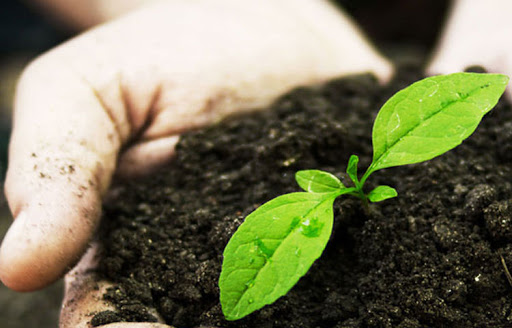
The province of Las Tunas fosters the diversification of bioproducts in the different production forms, to supply nutrients to the plantations in substitution of chemical fertilizers that Cuba imported.
Las Tunas, Cuba.- In this process, the Fitomás biostimulant is applied, as well as CBFERT, a biofertilizer that contains nitrogen, phosphorus and potassium, as the main nutrients, the engineer Yoiler Torres Rojas, a specialist in soils, told the Cuban News agency.
The expert said that in the Calixto Sarduy agricultural production cooperative, in the provincial capital, a plant is being built to produce Ecomic, with the purpose of replacing chemical fertilizers.
The brand new technology is expected to be inaugurated in the first half of this year, which would be the first to operate in Cuba, Torres Rojas said, and stresses the value of the investment, since 58.54 percent of the province's land is of poor quality (category four), and only 19.5 percent classify as good (in ranks one and two).
The specialist explained that a special conservation and improvement program is applied to counteract the poor quality of the soils, in which measures are implemented to improve crop yields, based on their limiting factors.
The landholders who apply the foreseen measures, he added, receive the money of the expenses they incur through the productive base to which they belong; for this concept, 10, 980 hectares were benefited the previous year.
To enhance this work, which is undertaken based on the absence of chemical products for their application to crops, the provincial soil laboratory in Las Tunas is remodeled, in which two tons of Rizobium will be produced every year, a biofertilizer that replaces mainly urea and ammonium nitrate.
This entire investment process is very beneficial for Las Tunas, not only because of the need to substitute chemical products, but also because it is the driest province in Cuba, with an average of 1,038 millimeters of rainfall per year, and it is also the least benefited from irrigation systems.






